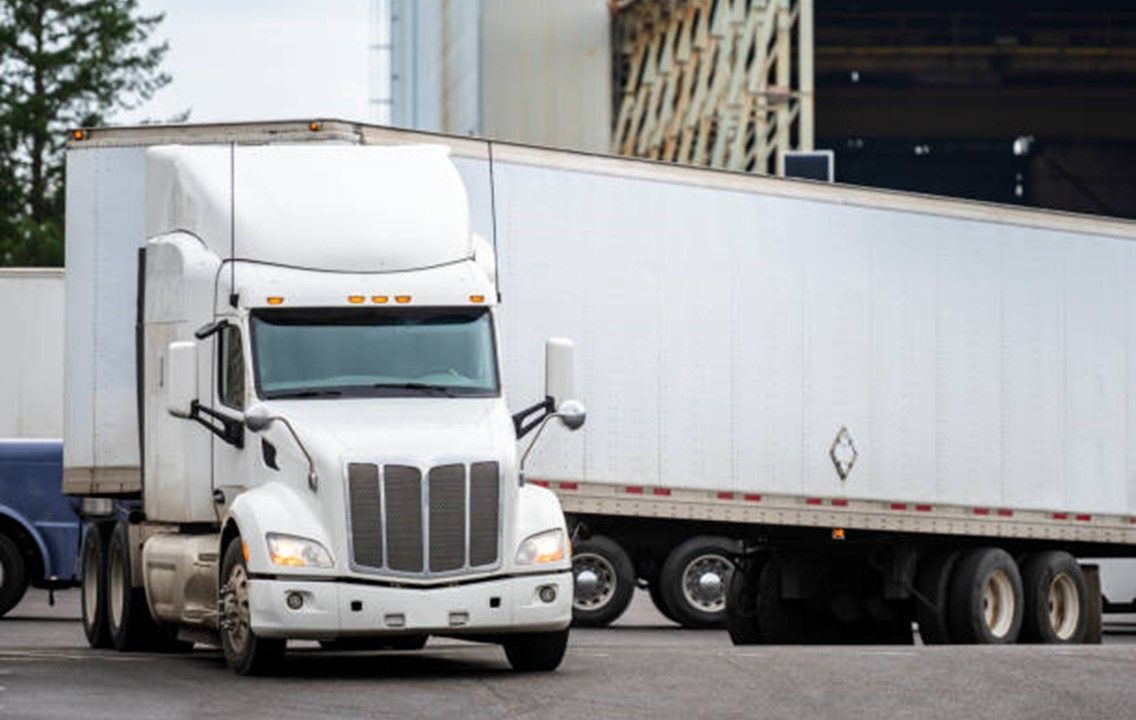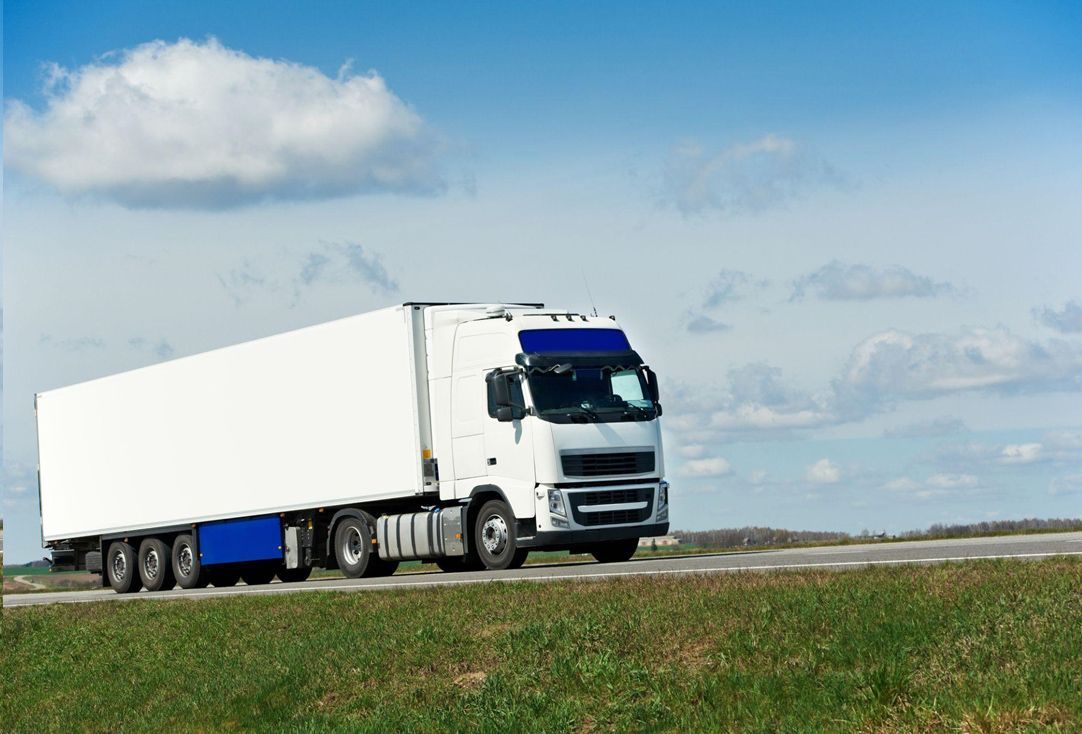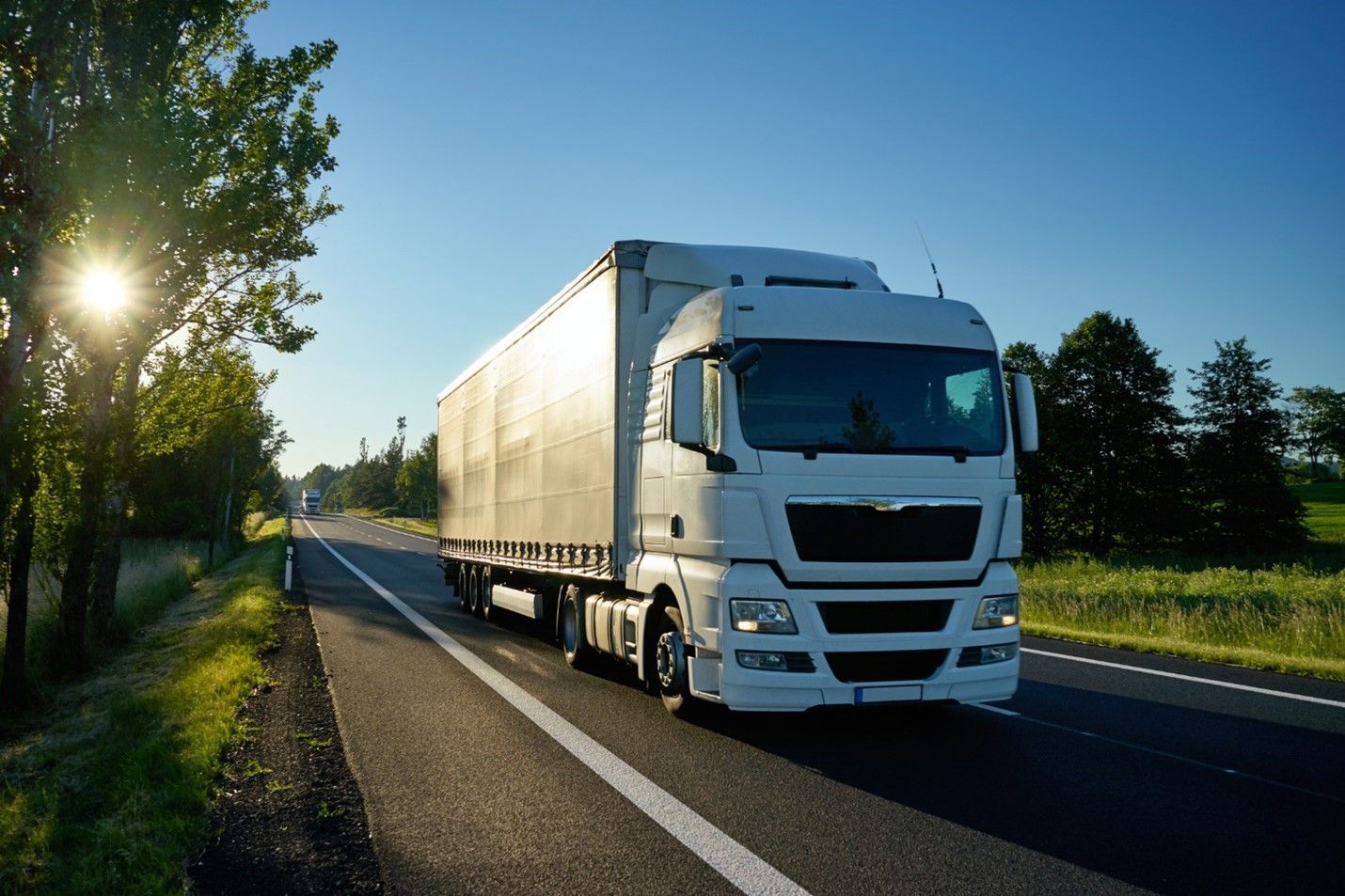What’s The Difference Between CDL Class A and Class B Licenses?
- By Admin
- •
- 11 Nov, 2024
- •

If you’re considering a career in commercial trucking, understanding the different types of CDL (Commercial Driver’s License) is crucial. There are several categories of CDLs, each allowing you to operate various types of vehicles. The two most common types are Class A and Class B. While they may seem similar, there are important differences between the two that can affect your job prospects, pay, and responsibilities. Here’s a breakdown of the key differences between a CDL Class A and a CDL Class B license.
1. Class A CDL: More Versatility
A CDL Class A license is the most flexible and allows you to drive the largest, most powerful vehicles. With a Class A license, you can operate a combination of vehicles, including a tractor-trailer (18-wheelers), flatbeds, and tanker trucks. This is the license most truck drivers aim for, as it opens the door to a variety of high-paying jobs in freight, long-haul trucking, and hazardous materials transportation.
2. Class B CDL: Single Vehicles
A Class B CDL is for drivers wishing to operate single vehicles that are larger than passenger vehicles but not as large as combination vehicles. These include straight trucks, buses, box trucks, and dump trucks. While Class B jobs are plentiful, they generally don’t involve hauling freight over long distances.
3. Requirements for Getting the CDL
The requirements for obtaining a CDL Class A are more extensive compared to Class B. To get a Class A CDL, you must demonstrate your ability to operate combination vehicles, which can require additional skills in maneuvering and coupling/trailer tasks. On the other hand, the training and testing for a Class B license is slightly simpler since you’ll only need to operate single vehicles.
4. Job Opportunities
Class A CDL holders have access to a broader range of job opportunities, including over-the-road (OTR) trucking, delivery driving for large companies, and long-haul freight jobs. In contrast, Class B CDL holders are more limited to local and regional jobs like bus driving, delivery truck driving, and operating large equipment.
5. Salary Potential
Because of the greater responsibilities and flexibility of a Class A CDL, drivers with this license generally earn higher salaries compared to those with a Class B CDL. Long-haul truckers with a Class A license can expect higher pay, especially if they work for major freight carriers. Class B CDL holders can still earn competitive wages, but their pay is typically lower due to the nature of the jobs and vehicles they operate.
6. Vehicle Size and Weight
A key difference is in the size and weight of the vehicles each license covers. Class A CDL allows you to drive vehicles with a combined gross weight rating (CGWR) of 26,001 pounds or more, including both the truck and trailer. Class B CDL allows vehicles up to 26,000 pounds, usually without towing a trailer.
7. CDL Class A vs. Class B Training
The training for both Class A and Class B CDLs generally involves classroom lessons, behind-the-wheel training, and passing a written exam. However, Class A CDL training is more intense due to the need to drive larger and more complex vehicles. This extra training prepares you for a wider range of driving scenarios, making it suitable for more career opportunities.
8. Which One is Right for You?
Choosing between a Class A and Class B CDL depends on your career goals. If you’re looking for long-haul driving, high-paying freight jobs, or operating large trucks, a Class A CDL is the better option. If you're interested in local work or specialized vehicles like buses or delivery trucks, a Class B CDL might be the right choice.
Whether you’re interested in a Class A or Class B CDL, getting the right training is key to passing the exam and launching your trucking career. At Commercial Trucking School in Los Angeles County, California, we offer comprehensive CDL training programs that prepare you for success. Contact us at 661-476-4609 to learn more about our training options and how you can get started on your trucking career today!
1. Class A CDL: More Versatility
A CDL Class A license is the most flexible and allows you to drive the largest, most powerful vehicles. With a Class A license, you can operate a combination of vehicles, including a tractor-trailer (18-wheelers), flatbeds, and tanker trucks. This is the license most truck drivers aim for, as it opens the door to a variety of high-paying jobs in freight, long-haul trucking, and hazardous materials transportation.
2. Class B CDL: Single Vehicles
A Class B CDL is for drivers wishing to operate single vehicles that are larger than passenger vehicles but not as large as combination vehicles. These include straight trucks, buses, box trucks, and dump trucks. While Class B jobs are plentiful, they generally don’t involve hauling freight over long distances.
3. Requirements for Getting the CDL
The requirements for obtaining a CDL Class A are more extensive compared to Class B. To get a Class A CDL, you must demonstrate your ability to operate combination vehicles, which can require additional skills in maneuvering and coupling/trailer tasks. On the other hand, the training and testing for a Class B license is slightly simpler since you’ll only need to operate single vehicles.
4. Job Opportunities
Class A CDL holders have access to a broader range of job opportunities, including over-the-road (OTR) trucking, delivery driving for large companies, and long-haul freight jobs. In contrast, Class B CDL holders are more limited to local and regional jobs like bus driving, delivery truck driving, and operating large equipment.
5. Salary Potential
Because of the greater responsibilities and flexibility of a Class A CDL, drivers with this license generally earn higher salaries compared to those with a Class B CDL. Long-haul truckers with a Class A license can expect higher pay, especially if they work for major freight carriers. Class B CDL holders can still earn competitive wages, but their pay is typically lower due to the nature of the jobs and vehicles they operate.
6. Vehicle Size and Weight
A key difference is in the size and weight of the vehicles each license covers. Class A CDL allows you to drive vehicles with a combined gross weight rating (CGWR) of 26,001 pounds or more, including both the truck and trailer. Class B CDL allows vehicles up to 26,000 pounds, usually without towing a trailer.
7. CDL Class A vs. Class B Training
The training for both Class A and Class B CDLs generally involves classroom lessons, behind-the-wheel training, and passing a written exam. However, Class A CDL training is more intense due to the need to drive larger and more complex vehicles. This extra training prepares you for a wider range of driving scenarios, making it suitable for more career opportunities.
8. Which One is Right for You?
Choosing between a Class A and Class B CDL depends on your career goals. If you’re looking for long-haul driving, high-paying freight jobs, or operating large trucks, a Class A CDL is the better option. If you're interested in local work or specialized vehicles like buses or delivery trucks, a Class B CDL might be the right choice.
Whether you’re interested in a Class A or Class B CDL, getting the right training is key to passing the exam and launching your trucking career. At Commercial Trucking School in Los Angeles County, California, we offer comprehensive CDL training programs that prepare you for success. Contact us at 661-476-4609 to learn more about our training options and how you can get started on your trucking career today!

Discover essential truck driving tips for navigating tight spaces and busy roads with confidence. Learn techniques for safe parking, mastering turns, handling blind spots, and using modern technology to ensure smooth driving. Perfect for both new and experienced truck drivers looking to enhance their skills.
If you're considering getting into the commercial trucking industry, read our blog to learn about the skills you can gain at a commercial trucking school.
Commercial trucking can be a satisfying career. Read our blog to learn if you have the personality traits that make you fit for a commercial trucking job.
Read this blog to learn why college graduates should consider a career in the trucking industry, offering high demand, attractive pay, and career growth.
Do you want to become a commercial truck driver? Read this article to learn the necessary qualifications needed to become a commercial truck driver.
With the increasing number of drivers on the road, we should ensure their safety. Learn why safety training is important for commercial truck drivers.
Being a commercial truck driver comes with a unique set of challenges. Read on to learn how you can balance road and home life as a truck driver.
How can you find a truck driving job using the Internet? Take a look at what new drivers need to know about web-based employment resources.





